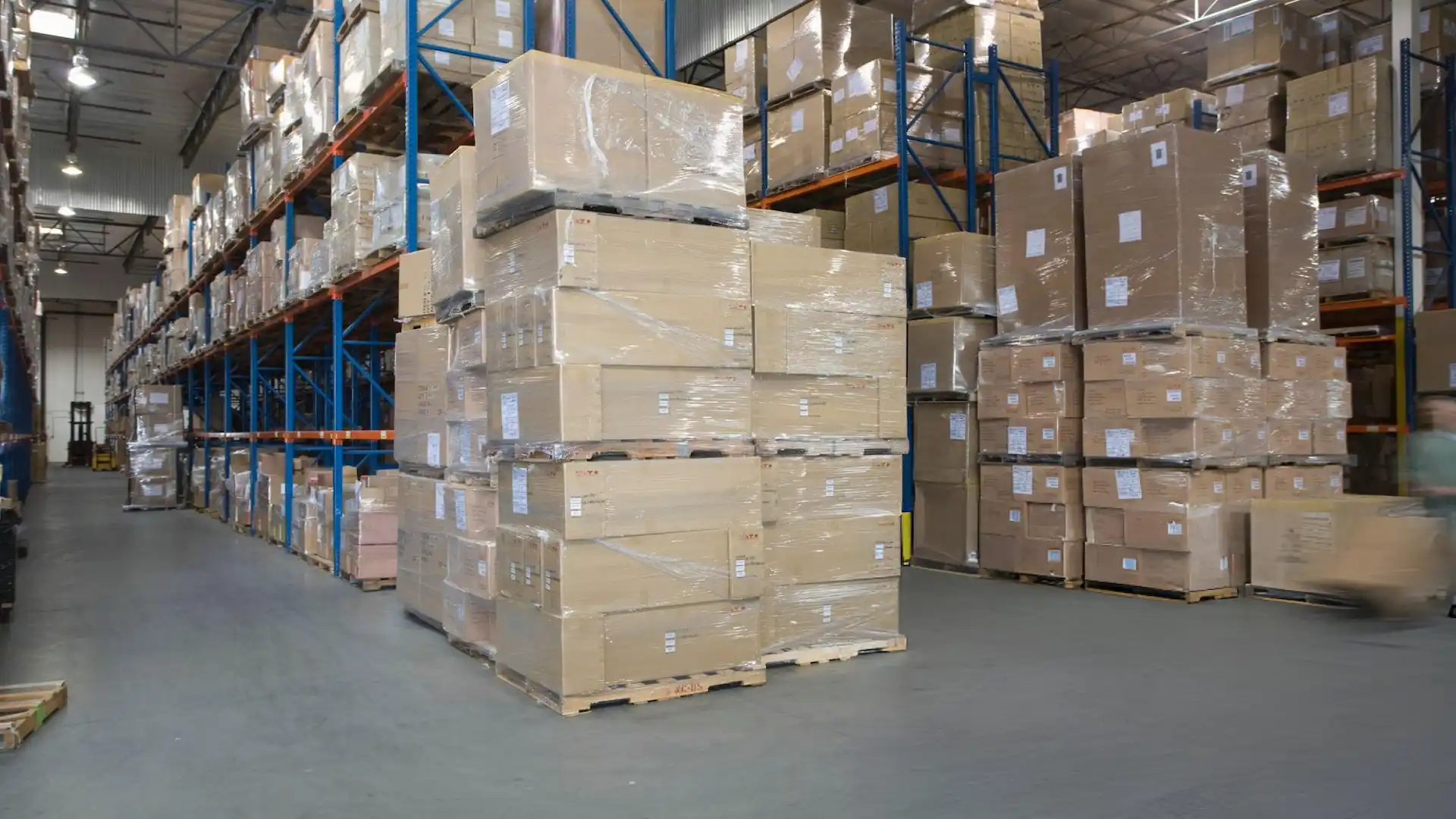International Shipping Tips: A Guide for Ecommerce Success

Whether you’re an ecommerce brand owner, logistics operator, or simply a curious soul looking to explore the ecommerce space, it’s essential to understand the basics behind ecommerce order fulfillment. Growing an ecommerce brand is more than having captivating ads and amazing products - it also relies heavily on how efficiently a brand’s order fulfillment is carried out. Without consistent deliveries, it’s difficult to build a trustworthy brand image and provide a satisfying experience for customers. With this blog, we’re shedding light on the complex processes behind ecommerce order fulfillment, and provide insights into the unique challenges involved in international shipping.
Ecommerce Order Fulfillment
Overall, order fulfillment is a fairly straightforward process, but it can be easy to miss important steps - especially when shipping products overseas. To make sure we’re all on the same page, here’s a quick breakdown of the typical ecommerce order fulfillment process:
1) Order received and processed
When a customer hits “place order,” the order is processed by the store and associated fulfillment partner. Order data such as a customer’s address and their selected items is verified, and then relayed to the warehouse team.
2) Inventory checked to ensure items are in stock
After the order is confirmed, the fulfillment center checks to make sure the product is in stock. More modern 3PLs (like Atomix) typically don’t use this step for every order, as their WMS (Warehouse Management System) provides data on how much inventory remains per SKU.
3) Items carefully packaged for shipping
Then, the products are picked and carefully packaged into their ideal packing materials. Depending on the brand, this is where kitting services are performed as well.
4) Shipping method selected by customer
Based on what a customer prefers, the selected shipping priority is indicated by the shipping label on the package before being sent.
5) Package is shipped to the customer
The selected carrier arrives to pick up the packed orders, and the packages begin their journey to customer doors.
6) Tracking information is provided
Customers are kept in the loop with tracking updates at various points in the delivery process, depending on the carrier. This helps customers feel well informed on their purchased products, and builds trust in a brand.
7) Delivery complete!
Finally, your eagerly awaited package is safely delivered right to your customer’s doorstep. The unboxing experience begins, and customers are happy knowing their package arrived on time and undamaged.
International Order Fulfillment
In contrast with domestic ecommerce shipments, international shipping introduces a variety of unique challenges to the already robust process of order fulfillment. Below, a short list provides some of the main differences between domestic and international order fulfillment:
- Customs and Duties: International shipping means having to pay for customs regulations and duties from the destination country. The process of documentation and compliance with regulations can be complex and very time-consuming.
- Shipping Costs and Time: International shipping can be more expensive and take longer compared to domestic shipping due to factors like distance, customs clearance, and different transportation networks. Managing customer expectations regarding shipping timeframes is essential to maintain a satisfying customer experience.
- Language and Cultural Differences: Communicating with customers from different countries introduces language barriers and cultural nuances. Providing multilingual customer support and addressing cultural preferences in packaging can help improve customer satisfaction and show the extra effort your brand puts into it’s valued customers
- Complex Logistics and Supply Chain Processes: Coordinating logistics across different countries, carriers, and transportation networks can be stressful. The management of inventory status, shipping carriers, and fulfillment partners is crucial for smooth international operations.
- Returns and Exchanges: Dealing with returns and exchanges for international orders can be more complicated due to additional shipping costs and customs procedures. Having clear policies and streamlined processes for international returns is vital.
- Fraud and Security: International transactions can have a higher risk of fraud and security breaches. Implementing fraud prevention measures and secure payment gateways becomes critical when working with international customers.
- Currency Conversion and Payment Processing: International ecommerce involves handling multiple currencies and managing exchange rates. Ensuring seamless and secure payment processing in different currencies is crucial for a smooth checkout experience
Benefits of International Shipping
After getting this far through the blog, it may seem daunting to take on the challenge of expanding your brand internationally. Fortunately, the rewards outweigh the risks in most cases of ecommerce. What exactly are the rewards? Check out this quick list to find out!
- Increased market reach gives your brand access to a global customer base
- Reduced reliance on a single market for revenue
- Potential for increased sales and business growth through said new customers
- Increased brand reputation and recognition on an international scale
- Capitalization on economies of scale and cost efficiencies
- Expand into new customer ranges and demographics
- Competitive advantage of being part of the global marketplace
Conclusion
We hope you’ve learned a lot about how ecommerce order fulfillment works! Having efficient and timely deliveries is essential to creating a trustworthy and reliable brand image, as well as ensuring customer satisfaction. When it comes to shipping internationally, things can get complicated quickly with various documentation, customs, etc. However, reaching out to the global market is worth it! Creating a new market for your brand will increase sales, brand awareness, and overall revenue. Yes, there might be additional challenges, but the rewards are worth it. At the end of the day, the goal for ecommerce is making sure orders are delivered on time, and taking your ecommerce game to the next level! For any additional questions you may have, feel free to reach out to an Atomix team member today!

.svg)
.svg)
.svg)




